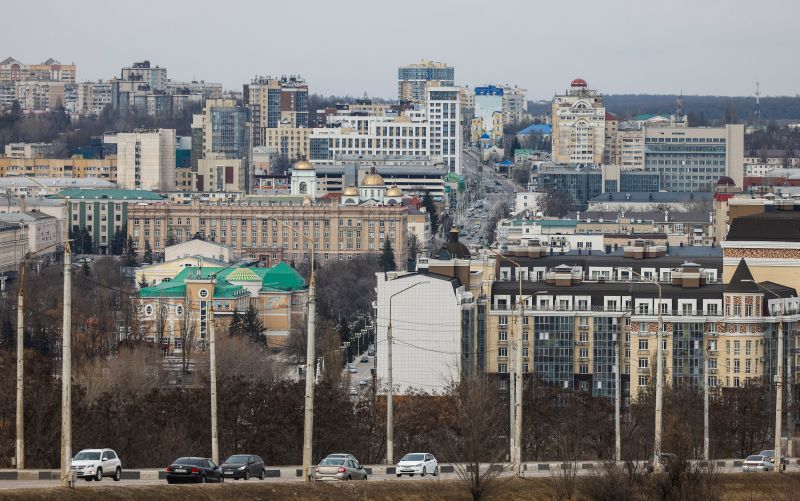The geopolitical tension arising out of the ongoing conflict between Ukraine and Russia has manifested itself into an alarming situation in one of Russia’s border regions. The shift in dynamics – from a subtle territorial dispute to a more pronounced form of aggression has caused escalating Ukrainian attacks that have compelled the Russian authorities to take stern preventive measures. A prominent measure enforced recently involves the closing of malls and schools in the border region, accusatory of being vulnerable hotspots to possible attacks.
The Russian local governments have displayed their vigilance by keeping public safety as a top priority. They have undertaken the decision of alleviating common congregation points like malls and schools from the everyday scene to diminish the probability of civilian casualty. The implicated order has been executed rigorously across the border region focusing on areas that have experienced aggravated incidences of Ukrainian forces’ sporadic firing and missile tests.
The abrupt closure of schools exhibits a clear indication of a shift in Russian policy underlining the need to protect innocent lives from unprecedented threats. Education, a sector usually isolated from the impacts of political and military scuffles, has found itself in the midst of the turmoil, carving out a tangible image of tangible consequences from the ongoing situation. The Russian authorities have introduced online teaching and learning methods to ensure educational continuity, although this sudden shift has posed a challenge to students, teachers, and parents alike.
Similarly, malls, representing bustling public life and economic activities, have also been shut down as part of the larger security measure. This has put a damper on the border region’s economy, as local businesses and small traders have been greatly affected by the ongoing uncertainty. From luxury brands to local retailers, all entities are bearing the impact, leading to a grim economic situation in the area.
The Russian government has ramped up security measures in the targeted areas including increased patrolling and establishment of check posts. Emergency response teams have been kept on high alert to promptly address and minimize any incidents that might arise. The Russian government has taken these measures to curtail any potential invasion or blitz from the Ukrainian attacks, thereby ensuring safety and securing the lives of their citizens.
Further, public sentiment in the region has seen polarizing reactions. While a section of the local population has praised the government’s efforts in prioritizing civilian safety, others have voiced their opinions against the clampdown, citing it as a major inconvenience disrupting everyday life and economy. Amid such varying perspectives, the collective objective of maintaining peace remains integral to the region’s future.
In a nutshell, the unanticipated closure of malls and schools due to escalating Ukrainian attacks manifests the stark reality of an enduring and deepening conflict between Ukraine and Russia. The Russian government’s swift response, aiming to minimize civilian casualties, displays a practical approach in handling the crisis. However, these preventative measures have both immediate and potential long-term implications on the social, economic and educational fabric of the border region. Amid such critical scenarios, the affected region waits in anticipation for harmony and normalcy to return.




